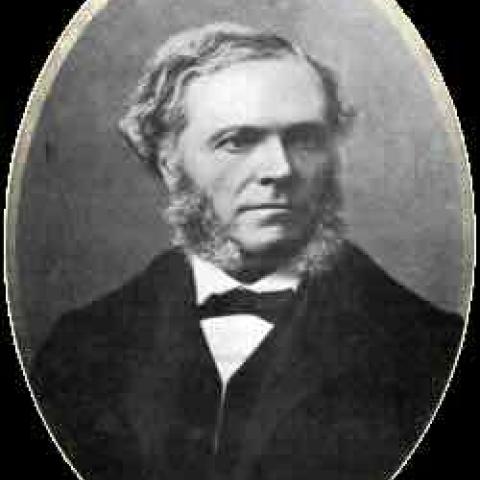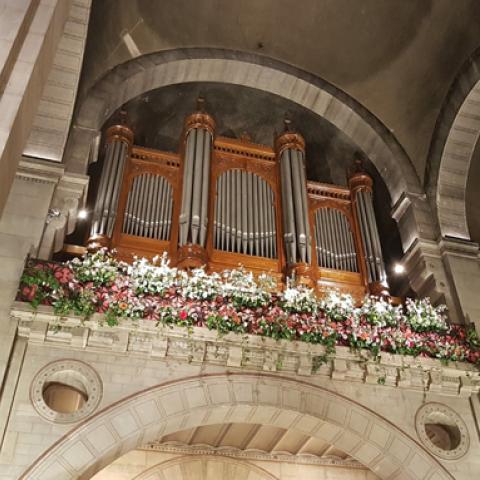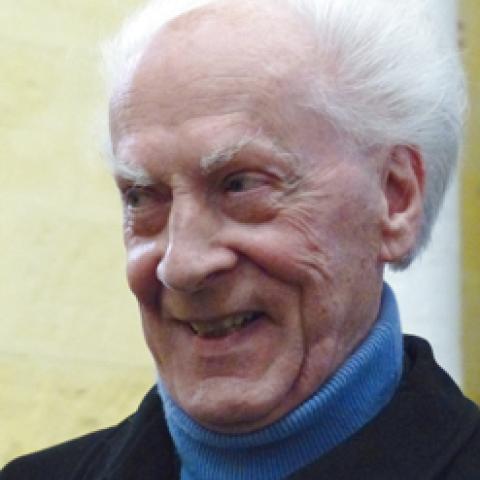
The Olivier Messiaen International Organ Competition 2024 takes place October 22–26 at the Auditorium-Orchestre National de Lyon, France.
The competition is open to organists under the age of 30 from all over the world. It will take place over four rounds, including three public rounds. The prizes consist of financial awards and an invitation to perform at AIDA. In addition to works by Messiaen, the competition will be open to other repertoires.
Founder: Claude Samuel; director: Bruno Messina; president of the jury: Daniel Roth.
Members of the jury: Michel Bourcier, Zuzana Ferjencikova, Carolyn Shuster Fournier, Jean-Frédéric Neuburger.
The deadline for applications is May 15.
The competition takes place on the Cavaillé-Coll/Gonzalez/Aubertin organ at the Auditorium de Lyon.
Aristide Cavaillé-Coll (1878)
Victor Gonzalez (1939)
Georges Danion/S. A. Gonzalez (1977)
Michel Gaillard/Manufacture Aubertin (2013)
Constructed for the Paris World’s Fair in 1878 and the Palais du Trocadéro in Paris, this instrument (82 stops and 6,400 pipes) was the ‘showcase’ of the most distinguished organ builder of his time, Aristide Cavaillé-Coll. Reassembled in the new Palais de Chaillot by Victor Gonzalez in 1939, then transferred in 1977 to the Auditorium de Lyon by his successor Georges Danion, it was restored in 2013 by Michel Gaillard (from Aubertin).
www.auditorium-lyon.com/fr/orgue
For information: 04 74 20 31 37
contact@aida38.fr
https://www.maisonmessiaen.com/2024-olivier-messiaen-international-competition/
Other competition news:
Jean-Louis Florentz International Organ Competition






